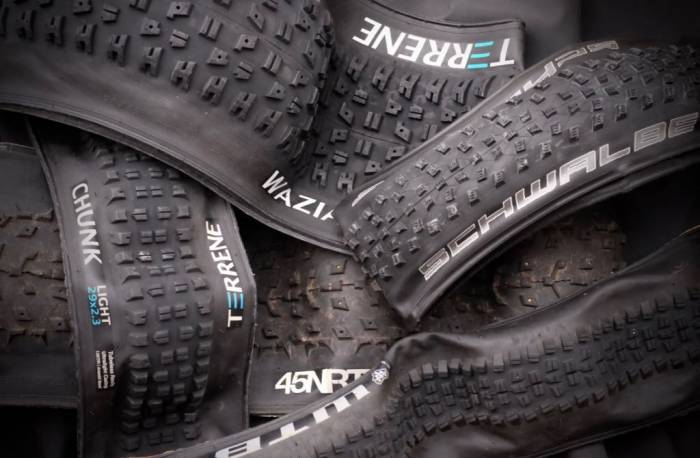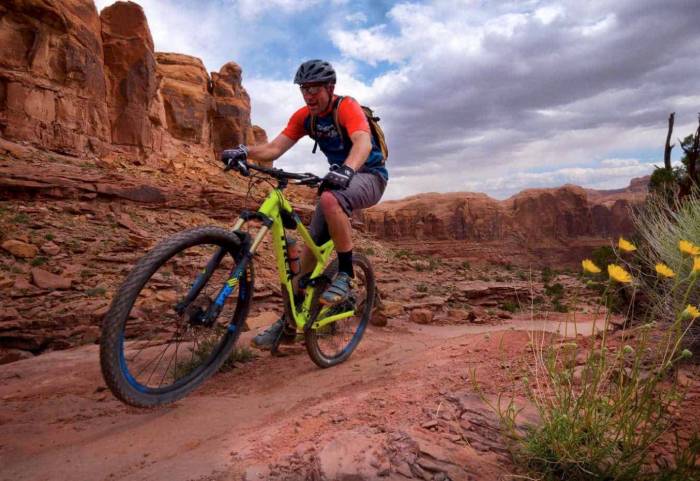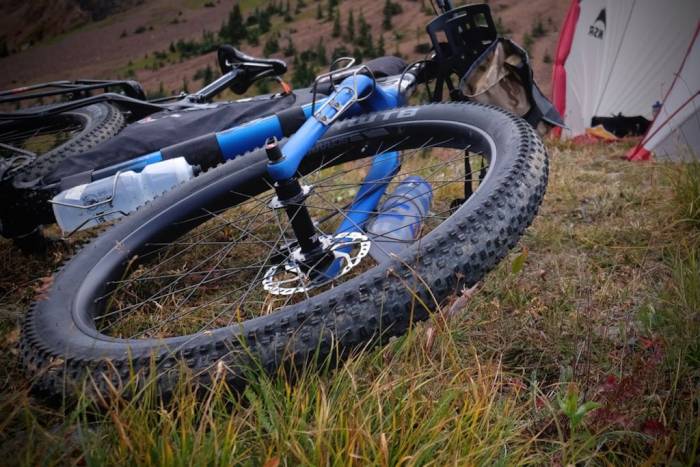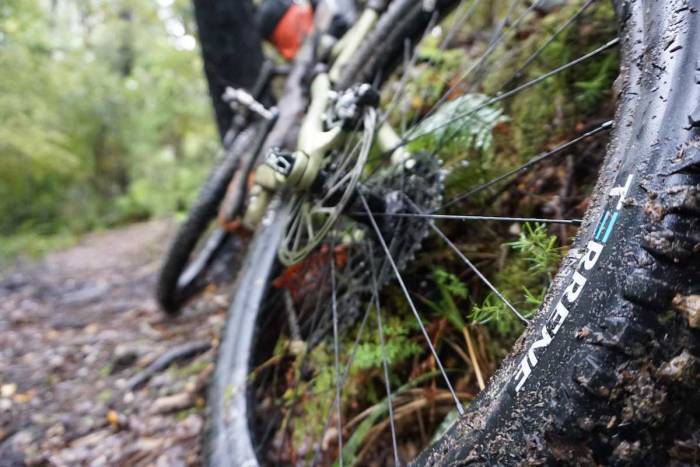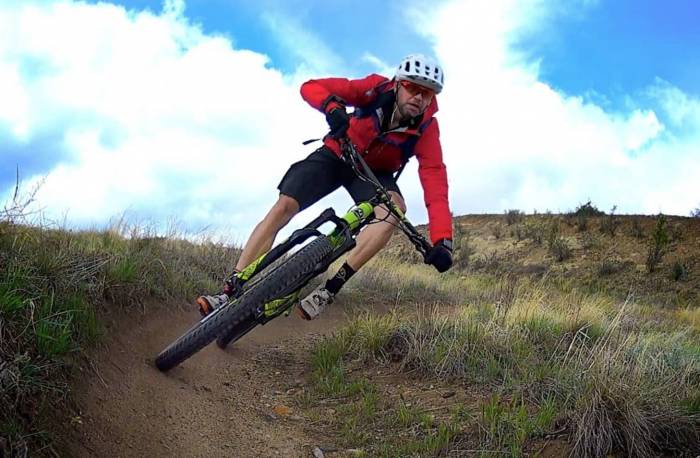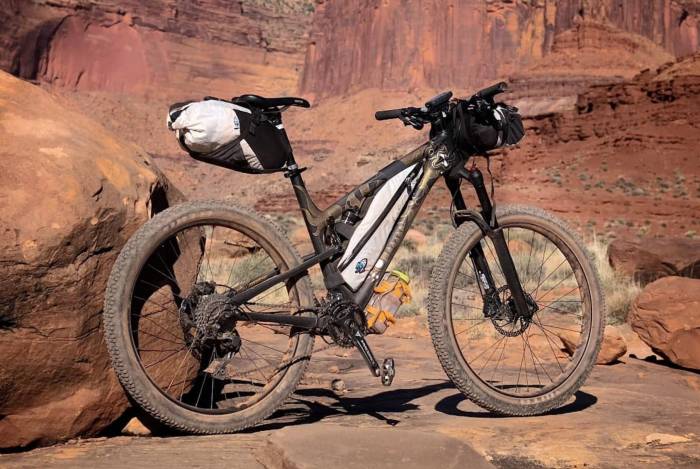With so many mountain bike tires on the market, it’s hard to know which to buy. We consult three leading tire experts and a legend of the sport to learn how to select the right treads and get the most out of every knob.
Ken Avery, a former tire designer with Maxxis and the vice president of marketing for Vittoria offered a simple answer. “All tires solve a problem related to the terrain, conditions, or riding style. The trick is to know which tire addresses your particular problem.”
And that is a good place to start. There are different tires for specific uses and surface conditions. Some roll swiftly for racing on hardpack. Others are made to aggressively claw at soft ground.

